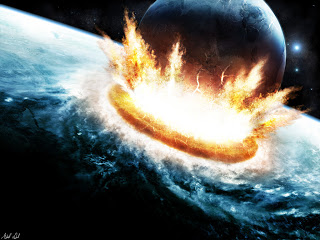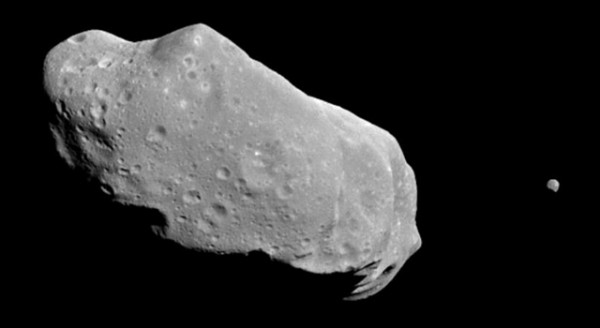Asteroids have always been a staple in the apocalypse movie genre. “Armageddon” is the first film that pops to mind, naturally, as its focus was on a group of oil rig employees sent to destroy an asteroid by dynamite. Of course, scientific inaccuracies are bound to occur regarding the process of destroying an asteroid about to damage Earth. That is why it is Hollywood. But in the real world NASA has announced it is accepting proposals regarding an asteroid capture mission. If there is one commonality between NASA and Hollywood, then it would be that both dislike asteroids wreaking havoc on Earth.
NASA’s focus however is to study asteroids to determine their material contents. By accepting proposals from private businesses and non-profit groups, NASA is intending to develop a space lasso that will capture near-Earth asteroids and bring the celestial objects within lunar orbit via the Orion spacecraft. Having an asteroid in the moon’s orbit will lock the space rock in place without causing damage to Earth, bringing it close enough for scientists to study and understand its properties.
The prevention of dangerous asteroids plummeting to our planet is a worthwhile cause, but should astroid capture be the main priority for NASA right now? NASA is also planning to develop manned missions to Mars and the moon. Landing on the moon again and visiting Mars have been in the bucket list of NASA’s future missions for a while now.So why is NASA is pursuing asteroids before the moon and Mars? Chief technologist of NASA, Mason Peck told “Huffington Post Live” that the exploration of an asteroid will help astronauts develop the necessary skills for future deep space missions. Eventually, the astronauts’ newly developed skills will pave the way for exploring the moon and Mars.And of course just like on the Hollywood depictions, the space rocks can be dangerous to Earth. Although many asteroids studied so far are not large enough to destroy the Earth, the proposed initiative is a preemptive measure to understand asteroids and prevent the destruction of our planet.
Compared to previous space programs – including the space shuttle – the asteroid capture initiative will have a smaller overhead cost. However, the potential of asteroids for study is still unclear. Despite sophisticated space instruments, there is not enough information to detect asteroids. Thus, NASA is reactivating the WISE space telescope, which collected data on asteroids between 2009 and 2011, to discover asteroids large enough to be a threat to Earth.Despite potential funding and prioritization issues, the asteroid capture program might end up being the most innovative NASA mission because, well, it just might prevent space rock from demolishing Earth.




